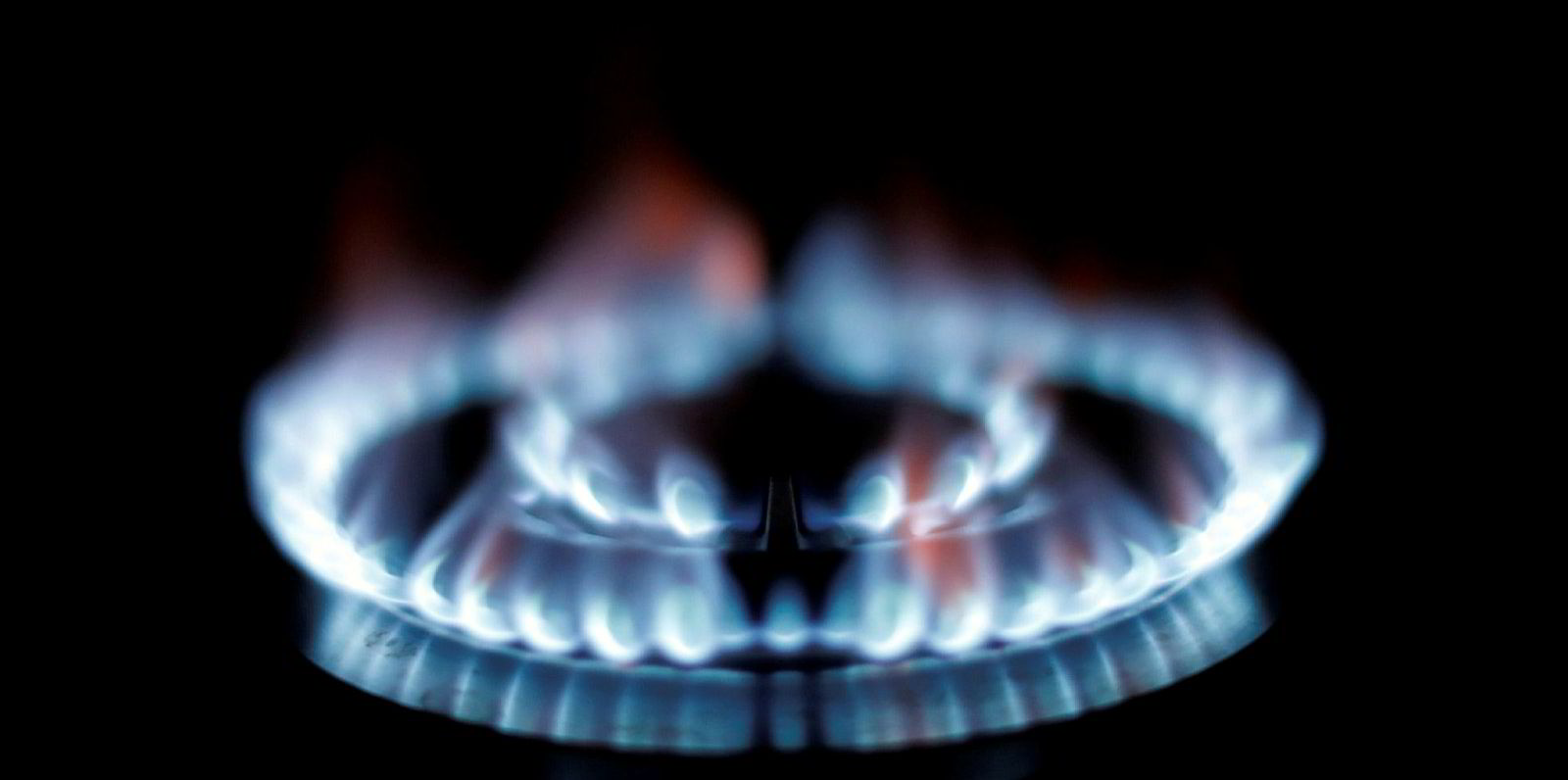GREENWASHING
Gas could act as 'second pillar of decarbonisation' alongside renewables: report
Path to decarbonisation: new study claims using gas in
the near term could help support deeper decarbonisation
over the long term Photo: REUTERS/SCANPIX
Gas can help bring down emissions in the near term while infrastructure can be repurposed for low-carbon fuels in the future
By Josh Lewis
in Perth
Investment in gas infrastructure in the near term could help support deeper decarbonisation of the energy system over the long term, according to new research by IHS Markit.
The study, titled ‘A Sustainable Flame: The Role of Gas in Net Zero’, claims that replacing older and less efficient power plants with "best-in-class" natural gas generation would reduce emissions by 50% per unit of electricity.
Mubadala cuts emissions by 25% with focus on gasRead more
IHS found that by increasing gas use in Asia to displace coal in power generation could cut emissions by about 1 gigatonne, however this is only equivalent to about 3% of all greenhouse gas emissions from the energy sector, according to the report.
It would also require an increase in global gas production of about 15%, from current levels, in order to meet that rise in demand.
Supporting low-carbon fuels
IHS also noted existing concern that investing in gas could embed or lock in future emissions for several decades, however, its study found that need not be the case as the infrastructure could be repurposed to carry low-carbon fuels.
“The versatility of natural gas infrastructure presents an opportunity to seize the low-hanging fruit of emissions reduction in the near term while also making a down payment for deeper decarbonisation,” said Michael Stoppard, chief strategist, global gas, IHS Markit.
“Switching to natural gas can support vital early action by replacing coal and oil and their associated higher emissions while also acting as a pre-build of energy carriers for a low-carbon future.”
The IHS study claims gas could act as a “second pillar of decarbonisation” over the long term, due to its versatility and the ability of its related infrastructure to be converted to carry low-carbon fuels such as ammonia, hydrogen, synthetic methane and renewable natural gas in the future.

China urges an end to 'whirlwind campaigns' for carbon reductionRead more
The study noted that gas pipelines could ship renewable natural gas, with “green” gases able to be blended in at an early stage to reduce emissions, while over the longer term they could be repurposed for shipping 100% hydrogen.
The study also found that low-carbon gas could be viable with a carbon price of between $40 and $60 per tonne, which it noted was close to levels already found in some markets today.
It also highlighted the fact that gas-fired power plants could be converted to run on hydrogen or sustainable ammonia, while in some circumstances existing plants can also be retrofitted for carbon capture, utilisation and storage to lower emissions.
Meanwhile, liquefied natural gas plants could be converted in the future to liquefy hydrogen, “likely” at a lower cost than building a new hydrogen liquefaction plant from scratch.
“Repurposing infrastructure has technical challenges but the costs, while significant, are still lower than building entirely new facilities,” said Shankari Srinivasan, vice president, global and renewable gas, IHS Markit.
“And it provides flexibility to policymakers and lenders who could structure authorisations and loans such that any newbuild infrastructure be conversion-ready and have defined performance standards with limits on the life that the asset can operate before being converted.”
Heating dilemma
The study also added fuel to the ongoing debate over the electrification of heating, which could be done using zero emission renewable energy.

Extreme weather unlikely to wash away Chinese appetite for fossil fuels, for nowRead more
However, the study by IHS claims electricity delivered by wire is less suited for meeting the need to produce heat, either for industrial processes or for heating buildings, compared to gas.
Using a case study of New York, IHS noted the US city’s current power system was currently sized at 31 gigawatts.
However, it claims a system sized to more than 150 GW would be required for the full electrification of heating in the Big Apple. Even taking into account the full deployment of air-sourced heat pumps, IHS found the system would still need to be 133 GW, more than four times its current capacity.
“Renewable capacity will continue to grow, electrification will broaden its reach and improvements in battery storage will make a decarbonised grid more reliable,” said Stoppard.
“But the transition to a low-carbon gas supply will also be needed to serve the sectors beyond the reach of electrification and wires.”(Copyright)
RELATED NEWS
Chevron rules out large-scale solar and wind with low carbon business launch
Energy Transition
3 August 2021 18:07 GMT
Clean energy drive: Adnoc sells first blue ammonia shipment to Japan's Itochu
Energy Transition
3 August 2021 10:34 GMT
Move to disallow Australia's renewable energy agency from funding CCS and blue hydrogen
Energy Transition
3 August 2021 6:18 GMT
EU carbon border tax violates global trade principles: Chinese minister
Politics
29 July 2021 8:28 GMT
4 August 2021 9:09 GMT UPDATED 4 August 2021 9:09 GMT
Chevron rules out large-scale solar and wind with low carbon business launch
Energy Transition
3 August 2021 18:07 GMT
Clean energy drive: Adnoc sells first blue ammonia shipment to Japan's Itochu
Energy Transition
3 August 2021 10:34 GMT
Move to disallow Australia's renewable energy agency from funding CCS and blue hydrogen
Energy Transition
3 August 2021 6:18 GMT
EU carbon border tax violates global trade principles: Chinese minister
Politics
29 July 2021 8:28 GMT
4 August 2021 9:09 GMT UPDATED 4 August 2021 9:09 GMT
No comments:
Post a Comment